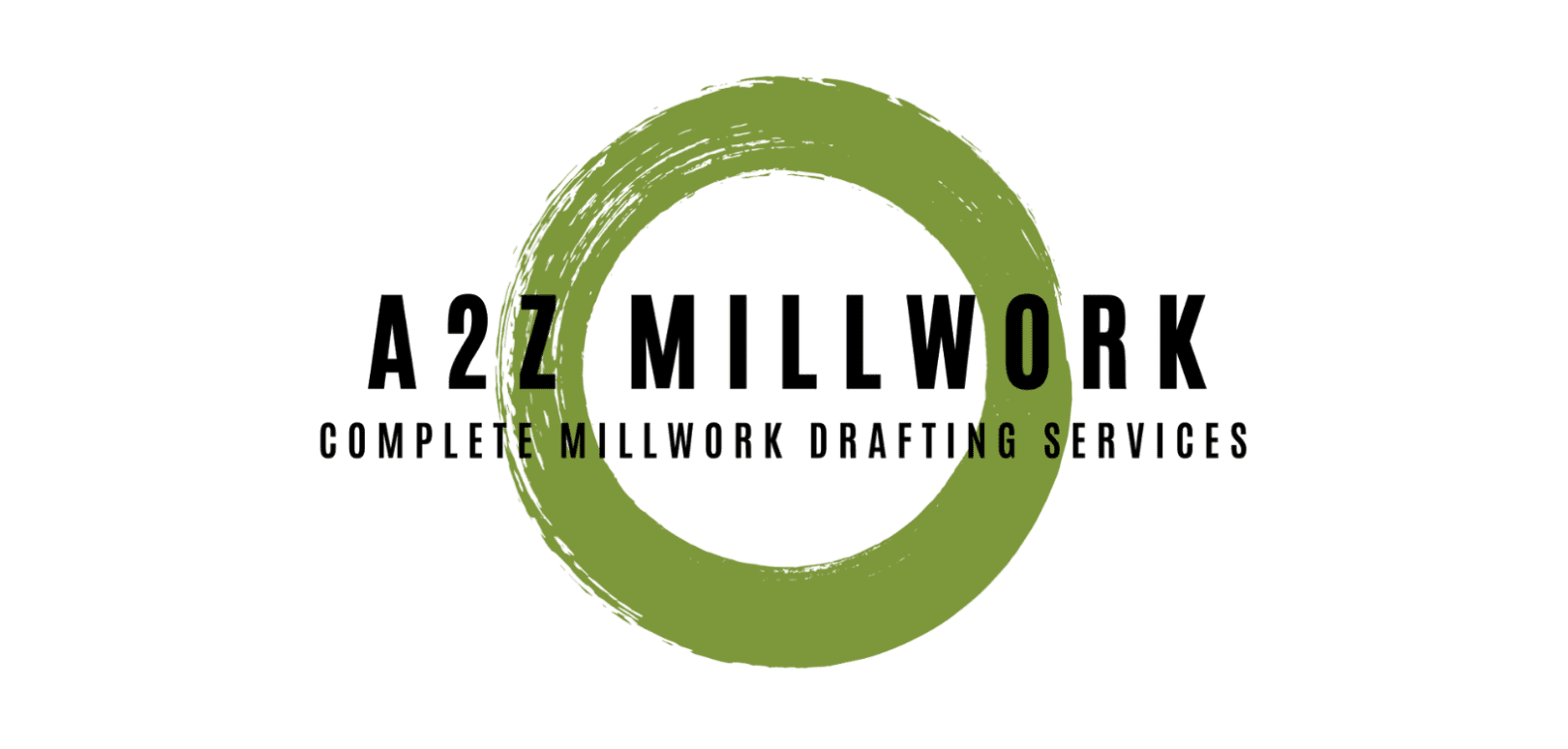Millwork shop drawings are the architectural blueprints of exceptional craftsmanship. In the world of construction and woodworking, precision is paramount. The Millwork drawings not only bridge the gap between vision and reality but also ensure that every detail meets building standards. In this comprehensive exploration, we delve into the intricate art of millwork shop drawings, their vital role in construction projects, and how they contribute to adhering to building standards.
Understanding Millwork Shop Drawings
Millwork shop drawings are the visual representations of custom millwork components, such as cabinets, doors, windows, and ornamental trim, created with meticulous attention to detail. These drawings serve as a crucial communication tool between architects, designers, millwork shops, and contractors. They provide comprehensive information about dimensions, materials, joinery, and finishing, ensuring that the final product aligns with the project’s vision.
Precision and Building Standards
Precision is the cornerstone of millwork drawings. Every measurement, angle, and detail must adhere to stringent building standards and codes. By meticulously following these standards, millwork shop drawings guarantee not only the structural integrity but also the safety and durability of the final installation. This precision minimises errors, rework, and costly delays in the construction process.
Collaboration and Communication
Millwork Drafting facilitates collaboration and communication among various stakeholders in a construction project. Architects and designers can convey their design intent effectively to the millwork shop, ensuring their creative vision is accurately realised. Moreover, contractors and installers rely on these drawings to execute the installation process flawlessly.
Tailoring to Project Requirements
Every construction project is unique, with specific design requirements and aesthetic preferences. Millwork shop drawings are tailored to meet these project-specific needs. Whether it’s a contemporary office space, a historic restoration, or a luxury residential project, millwork shop drawings are adapted to ensure that the millwork components harmonise seamlessly with the overall design.
Materials and Finishes
Millwork shop drawings meticulously detail each component’s choice of materials and finishes. This is not only essential for achieving the desired aesthetic but also for ensuring that the materials meet safety and fire regulations. The selection of materials and finishes must align with building standards to guarantee longevity and compliance.
Craftsmanship and Artistry
While adhering to building standards is paramount, millwork shop drawings also celebrate the craftsmanship and artistry that go into custom millwork. Skilled artisans bring these drawings to life, meticulously crafting each piece with precision and dedication. The result is functional and a work of art that enhances the space’s beauty.
Compliance with Regulations
In today’s construction landscape, regulatory compliance is non-negotiable. Millwork shop drawings play a pivotal role in ensuring that all components meet local and national building codes and standards. This compliance is a legal requirement and a testament to the commitment to safety and quality in construction.
Technology and Innovation
The world of millwork shop drawings is not static. It evolves with technology and innovation. Modern software tools and 3D modeling techniques have revolutionized the creation of shop drawings, making them more accurate and efficient. This technological evolution not only enhances precision but also streamlines the collaboration process.






